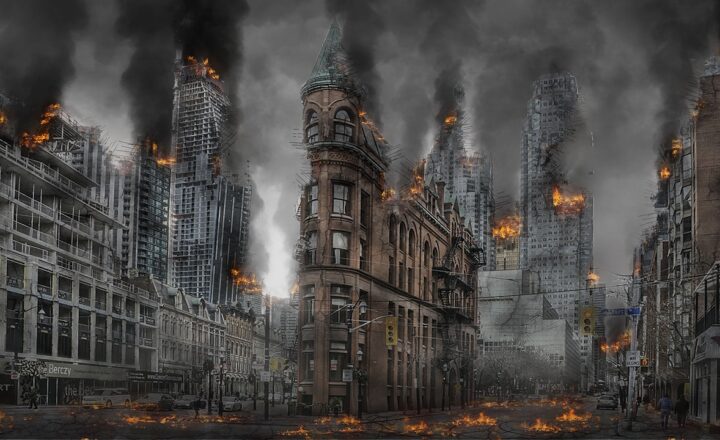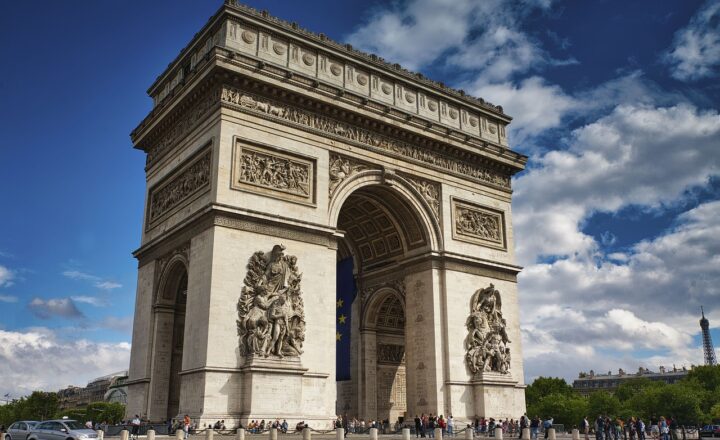The CIA’s Involvement in the Overthrow of Foreign Leaders During the Cold War
November 15, 2024

The Cold War was a period marked by intense geopolitical tension between the United States and the Soviet Union, influencing events and policies around the globe. One of the most controversial aspects of U.S. foreign policy during this time was the involvement of the Central Intelligence Agency (CIA) in the overthrow of foreign leaders. This article explores the motivations, methods, and consequences of the CIA’s covert operations against foreign governments during the Cold War.
1. The Cold War Context: A Shadowy Battlefield
The Cold War (1947-1991) was characterized by ideological, political, and military rivalry between the U.S. and the USSR. With the world divided into spheres of influence, both superpowers sought to expand their ideologies: capitalism and democracy versus communism. The emergence of communist regimes across Eastern Europe and later in Asia, Africa, and Latin America raised alarm in Washington, leading to a more aggressive foreign policy aimed at containing communism.
The CIA was established in 1947 as part of the National Security Act and quickly became the primary instrument of U.S. covert operations abroad. The agency operated under the belief that preventing the spread of communism justified almost any tactic, including the removal of democratically elected leaders.
2. The Mechanisms of Overthrow: Operations and Covert Actions
The CIA employed various methods to impact foreign governments, ranging from propaganda and psychological operations to direct intervention. Several notable operations illustrate these tactics:
- Operation Ajax (1953): The overthrow of Iranian Prime Minister Mohammad Mossadegh is one of the most significant examples of CIA involvement. Mossadegh had nationalized the Iranian oil industry, which alarmed both British and American interests. With the assistance of the British intelligence, the CIA orchestrated a coup that removed him from power and reinstated the Shah of Iran, leading to decades of authoritarian rule and political instability.
- Operation PBSUCCESS (1954): In Guatemala, the CIA ousted democratically elected President Jacobo Árbenz, who had implemented land reforms that threatened U.S. interests, particularly the United Fruit Company. The operation involved propaganda campaigns, covert funding of opposition groups, and direct support for a military coup that placed a U.S.-backed dictator in power, ushering in a repressive regime.
- The Congo Crisis (1960-1965): The CIA’s role in the assassination of Congolese Prime Minister Patrice Lumumba exemplified the U.S. approach to political threats. Lumumba was viewed as a communist sympathizer, and the CIA supported efforts to eliminate him, leading to his capture and execution. The subsequent rise of Mobutu Sese Seko, a dictator backed by the U.S., demonstrated the lengths the CIA would go to secure its interests.
Each of these operations reflected a willingness to intervene in the affairs of sovereign nations, often with devastating long-term consequences.
3. The Consequences of CIA Interventions
The fallout from CIA interventions during the Cold War was profound and often tragic. In countries targeted by the CIA:
- Political Instability: The overthrow of leaders often led to power vacuums and chaotic political landscapes. In Iran, for example, the coup against Mossadegh significantly contributed to the 1979 Islamic Revolution, which resulted in the establishment of a theocratic regime hostile to the West.
- Human Rights Abuses: The CIA’s support for authoritarian regimes often resulted in brutal crackdowns on dissidents, widespread human rights violations, and long-term repression. The Guatemalan military, empowered by U.S. support, engaged in genocidal campaigns against indigenous populations.
- Erosion of Democratic Institutions: In many cases, U.S. intervention undermined democratic movements and institutions. The trauma of U.S. involvement in places like Chile, where the CIA supported the military coup against democratically elected President Salvador Allende in 1973, had lasting effects on the political consciousness of Latin America.
The long-term implications of these actions contributed to anti-American sentiment and fueled grievances that persist today.
4. Lessons Learned: Reevaluating Covert Operations
The legacy of CIA interventions has prompted significant debate concerning the ethics and effectiveness of covert actions. Critics argue that the short-term gains achieved through these operations often resulted in unintended consequences that contradicted U.S. interests.
In the years following the Cold War, U.S. foreign policy has increasingly emphasized diplomacy and the importance of supporting democratic governance. Lessons from the Cold War era have led to a more cautious approach toward intervention, though debates about the balance between security and ethical responsibility continue.
Conclusion: A Controversial Chapter of American History
The CIA’s involvement in the overthrow of foreign leaders during the Cold War remains a controversial chapter in American history. While the intentions behind these actions were often framed as necessary for national security, the outcomes tell a different story. Interventions frequently destabilized countries and fostered environments ripe for conflict, resentment, and anti-American sentiment.
As we reflect on these historical events, it is crucial to acknowledge the complex interplay of motives, consequences, and ethics that defined U.S. foreign policy during the Cold War. Understanding these operations not only informs contemporary debates around interventionism but also underscores the importance of accountability in international relations. The legacy of these CIA actions serves as a poignant reminder of the delicate balance between national interests and global justice.







